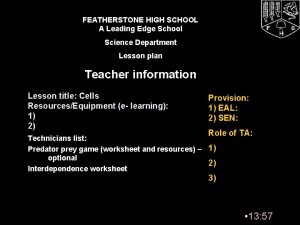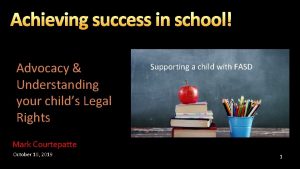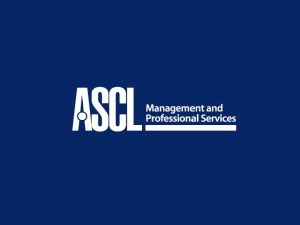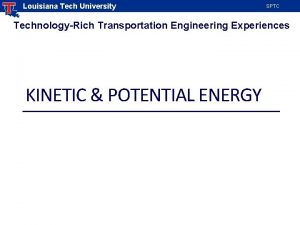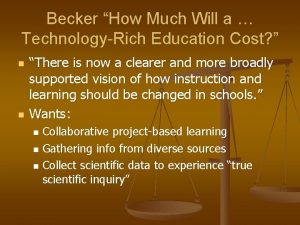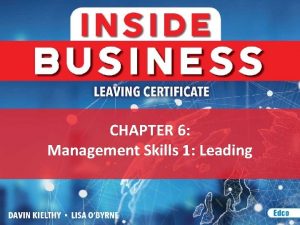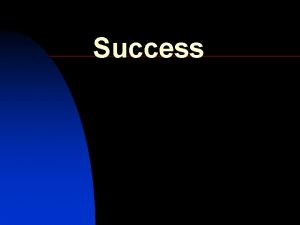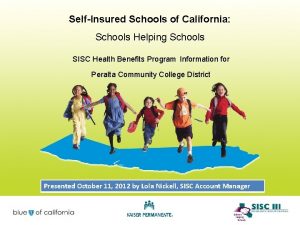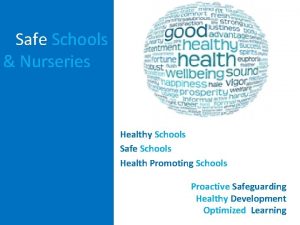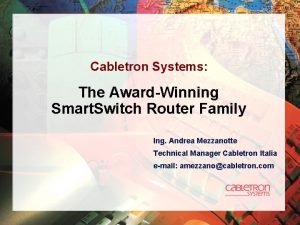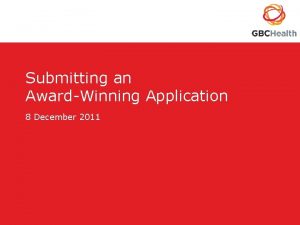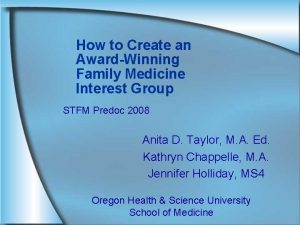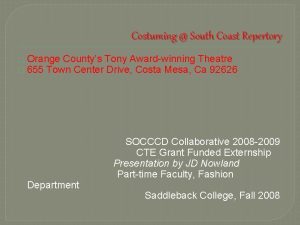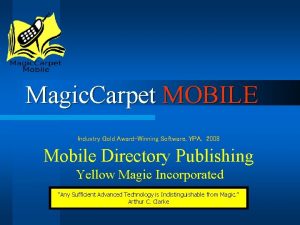iVISAiVISA Leading TechnologyRich Schools AwardWinning Models for Success






























- Slides: 30









国外用i-VISA的典范学校(美国科技典范学校的i-VISA ) • 领导科技典范学校的成功模式(Leading Technology-Rich Schools: Award-Winning Models for Success) • Levin和Schrum (2012)研究美国八所中学(Walton Middle school, Rose Hill Junior School, Godfrey-Lee Public Schools, Simley High School, Chesapeake High School, Mooresville High School, STEM Academy, Tech High School)之后指出,成功 地使用科技来达成学校改善的学校和学区,领导者必须具备以下九项关键因素:


美国科技典范学校的i-VISA • • • 1. having clear vision, mission, and goals; 2. enacting distributed leadership practices; 3. planning, and more planning; 4. figuring out funding sources for technology; 5. technology infrastructure and support; 6. providing ongoing professional development; 7. attending to school culture; 8. changing curriculum and instruction; 9. collaborations and partnerships.















i-VISA模式在学校实践中遇到的迷思? • 依据ISTE对于「评量与评鉴」的解释如下(Williamson & Redish, 2009, p. 6): Educational technology leaders communicate research on the use of technology to implement effective assessment and evaluation strategies.

• Williamson and Redish (2009) indicate that the technology leadership standards for assessment and evaluation including the following (p. 90): • 1. Apply technology in assessing student learning of subject matter using variety of assessment techniques. 1 -1 Facilitate the development of a variety of techniques to use technology to assess student learning of subject matter. 1 -2 Provide technology resource for assessment and evaluation of artifacts and data.

• 2. Use technology resources to collect and analyze data, interpret results, and communicate findings to improve instructional practice and maximize student learning. 2 -1 Identify and procure technology resources to aid in analysis and interpretation of data.

• 3. Apply multiple methods of evaluation to determine students’ appropriate use of technology resources for learning, communication, and productivity. 3 -1 Design strategies and methods for evaluating the effectiveness of technology resources for learning, communication, and productivity. 3 -2 Conduct a research project that includes evaluating the use of a specific technology in a PK-12 environment. • Reference: Williamson, J. , & Redish, T. (2009). ISTE’s technology facilitation and leadership standards. Washington, DC: International Society for Technology in Education.

 Objectives of roving frame
Objectives of roving frame Schools plp leading edge
Schools plp leading edge Your child's success or lack of success
Your child's success or lack of success Your child's success or lack of success
Your child's success or lack of success Safety target and reach schools
Safety target and reach schools Powerschool huntsville city schools
Powerschool huntsville city schools What is the difference between models & semi modals?
What is the difference between models & semi modals? Teckenspråk minoritetsspråk argument
Teckenspråk minoritetsspråk argument Typiska novell drag
Typiska novell drag Mjälthilus
Mjälthilus Trög för kemist
Trög för kemist Magnetsjukhus
Magnetsjukhus Indikation för kejsarsnitt på moderns önskan
Indikation för kejsarsnitt på moderns önskan Multiplikation med uppställning
Multiplikation med uppställning Toppslätskivling dos
Toppslätskivling dos Redogör för vad psykologi är
Redogör för vad psykologi är Mat för unga idrottare
Mat för unga idrottare Ramsa geometriska former
Ramsa geometriska former Bris för vuxna
Bris för vuxna En lathund för arbete med kontinuitetshantering
En lathund för arbete med kontinuitetshantering Etik och ledarskap etisk kod för chefer
Etik och ledarskap etisk kod för chefer Svenskt ramverk för digital samverkan
Svenskt ramverk för digital samverkan Datorkunskap för nybörjare
Datorkunskap för nybörjare Antika plagg
Antika plagg Rita perspektiv
Rita perspektiv Ministerstyre för och nackdelar
Ministerstyre för och nackdelar Vem räknas som jude
Vem räknas som jude Nationell inriktning för artificiell intelligens
Nationell inriktning för artificiell intelligens Bästa kameran för astrofoto
Bästa kameran för astrofoto Tillitsbaserad ledning
Tillitsbaserad ledning Nyckelkompetenser för livslångt lärande
Nyckelkompetenser för livslångt lärande

